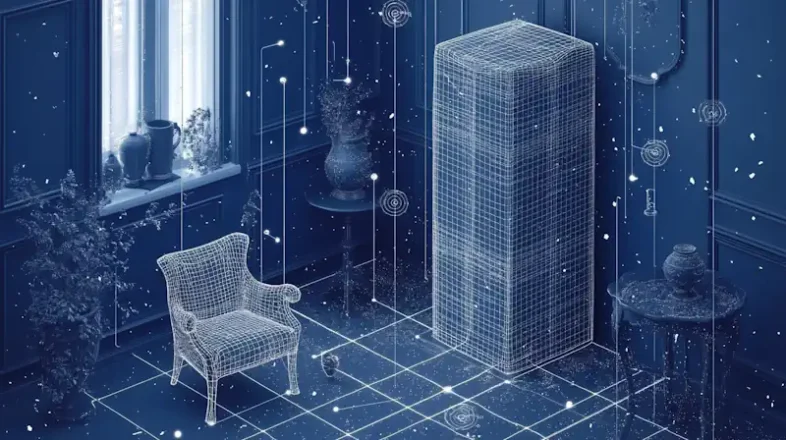MIT researchers have developed a groundbreaking technique for generating high-quality 3D shapes using AI, achieving results that rival the realism of 2D image generation. The method, called Score Distillation via Reparametrized DDIM, addresses longstanding limitations in 3D modeling without requiring costly model retraining.
Table of Contents
Technical Innovation
The breakthrough centers on correcting mathematical mismatches in Score Distillation Sampling (SDS), a previous method that often produced blurry or cartoonish results. By implementing volume-to-volume mapping instead of surface-to-surface approaches, the team achieved sharper, more realistic 3D models.
“This technique represents a significant advancement in how we generate 3D shapes,” says the research team, which includes experts from MIT, Oxford, Toyota, and Meta. The algorithm leverages pre-trained 2D diffusion models, eliminating the need for extensive retraining or fine-tuning.
Industry Impact
The innovation has immediate applications in virtual reality, filmmaking, and digital design. The technique enables:
- Creation of detailed, realistic 3D environments
- Efficient transfer of motions and textures between shapes
- Enhanced medical imaging capabilities
- Improved architectural visualization
Future Challenges
Despite the advancement, researchers acknowledge several hurdles ahead, including computational efficiency and bias reduction in pre-trained models. The team is also exploring applications in medical imaging through interdisciplinary collaboration.
The research positions MIT at the forefront of 3D shape generation, with potential implications for industries ranging from entertainment to healthcare. As development continues, the focus remains on optimizing performance while addressing ethical considerations in AI-generated content.
For more details on this breakthrough, visit MIT.edu


